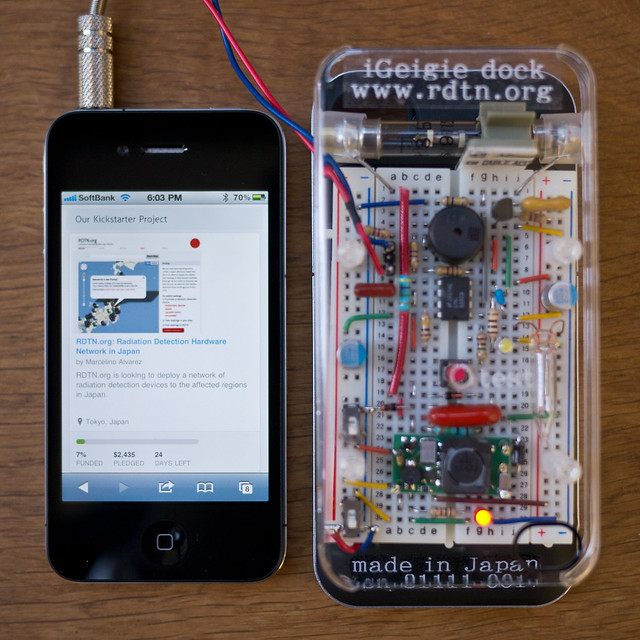Sensing Place / Placing Sense – Exhibition
The Sensing Place/Placing Sense exhibition accompanies and supplements the symposium of the same name being held by afo architekturforum oberösterreich (AT), AIT Austrian Institute of Technology (AT) and Ars Electronica (AT)
The mental image of the city has become more complex – ubiquitous technologies are changing our experience of the city and challenge traditional definitions of public space.
Media art practices have played an important role in shaping, investigating and problematizing this development. The exhibition assembles seven positions exploring different sensory aspects of new urban systems. The projects focus on the visual (Place Pulse, Los Ojos Del Mundo), the auditory (Active Listening Sites), the haptic (Tunable Touch) and the kinesthetic (Sense of Patterns) space as well as electromagnetic fields that are beyond human sensory perception (iGeigie, Kazamidori).
Exhibition curated by Dietmar Offenhuber and Katja Schechtner
A Cooperation between afo architekturforum oberösterreich, AIT Austrian Institute of Technology and Ars Electronica.
Place Pulse by Phil Salesses (US), Anthony DeVincenzi (US) and Cesar Hidalgo (US), designers and software engineers at the MIT Media Lab, examines our visual perception of the city and poses real-time questions such as: Which neighborhoods are of cultural-historical interest? Which are safe and which aren’t?
Active Listening Sites by Stadtmusik (Sam Auinger (AT/DE), the featured artist at Ars Electronica 2011, together with Hannes Strobl (AT) and Dietmar Offenhuber (AT/US)) enables us to hear that architecture is constructed acoustics and forms the urban soundscape.
In Sense of Patterns, a print series of visualizations, Mahir M. Yavuz (TR/US) shows how differently groups of people behave in different public spaces. An effect of mobile digital devices like the Smartphone is that a large portion of the sphere in which human beings live their everyday life can no longer be registered with the senses.
With Tuneable Touch Ebru Kurbak (TR/AT) has constructed gloves that let the wearer tactilely grasp the invisible area of effectiveness of electronic devices.
Pieter Franken (JP) and Joi Ito (JP/US) take advantage of the high performance of such devices. Their iGeigie project uses smartphones to enable the Japanese population to do comprehensive mapping of the country’s radioactivity. Tourists leave behind hardly any traces. But what was it about their stay that they actually liked?
The datamining project Los Ojos del Mundo – the World’s Eyes run by senseable city lab at MIT (US) uses the metadata of vacation photos posted on photo-sharing websites to study travelers’ behavior and preferences.
Kazamidori by the Japanese-Austrian collective h.o (JP/AT) is a windsock for the internet age. In a figurative sense, of course. It shows the wind direction of virtual visitors by evaluating traffic on the symposium website.
Curators: Dietmar Offenhuber und Katja Schechtner
Exhibition architecture and spatial design: Ewald Elmecker (AT)






